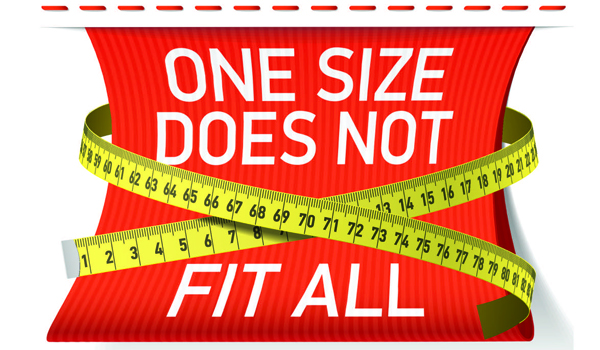Getting Your Patient Active Their Way

Below are some helpful strategies to use next time your patients cite any of the following self-defeating barriers to getting active.
Do you feel like conversations with your patient about physical activity are going nowhere? Like many things, behavior modification starts with a conversation. To determine how best to help your patient, try starting your conversation with the following question, "Do you want to increase your physical activity and if so, what is preventing you from doing so?"
By listening to their answer, you can help your patient transition from just thinking about physical activity to actually engaging in physical activity using some of these targeted responses:
I'm too busy.
- Put a "be active" date on your calendar with Tips to Help You Get Active.
- Give something up, such as a half hour of web surfing, to clear some time.
- Find 30 or 60 minutes at a time to be active or split your activities into several shorter sessions.
I'm not motivated.
- Choose an activity you enjoy and can get excited about, like dancing or hiking.
- Find a "fitness buddy" or family member to join you. They can help you stick to your goals and make exercise fun.
- Don't you want to be able to keep up with your friends, kids, and grandkids? Think of something important to you that physical activity may help you improve.
- Set specific, realistic goals. Start by walking 10 or 15 minutes a day 3 days a week then add another day a week until you hit 30 minutes a day, 5 days a week.
I don't have the money.
- Look for lower-cost or free classes and activities at local schools, churches, community centers, or park and recreation centers.
- Use everyday places and situations to work in some activity for free, like taking a walk around the mall.
I need to lose weight before I can get active.
- You can be active and benefit from physical activity at any size.
- Start out doing as much activity as you feel comfortable with and gradually increase the length and intensity of your activity.
- If you are concerned about how you look, you can be active at home. Turn on a video, put on the radio and dance, or do some housework, such as vacuuming or cleaning out a closet.
- Start by walking. It's a small step in the right direction.
I'm afraid I'll hurt myself or make my diabetes or other health problems worse.
- The good news is that scientific evidence strongly shows that physical activity is safe for almost everyone, and the health benefits of physical activity far outweigh the risks. Let's talk about which activities are safe for you and what you should do and not do when you are active. Gardening, working around the house, and walking may be ways to start getting active safely.
Share your experience: What behavioral strategies have helped you encourage physical activity among your patients?
Note: Since this blog was published, updated Physical Activity Guidelines for Americans, 2nd edition (PDF, 14.2 MB) , have been released.
Editor's Note: The National Kidney Disease Education Program (NKDEP) was discontinued in 2020.
